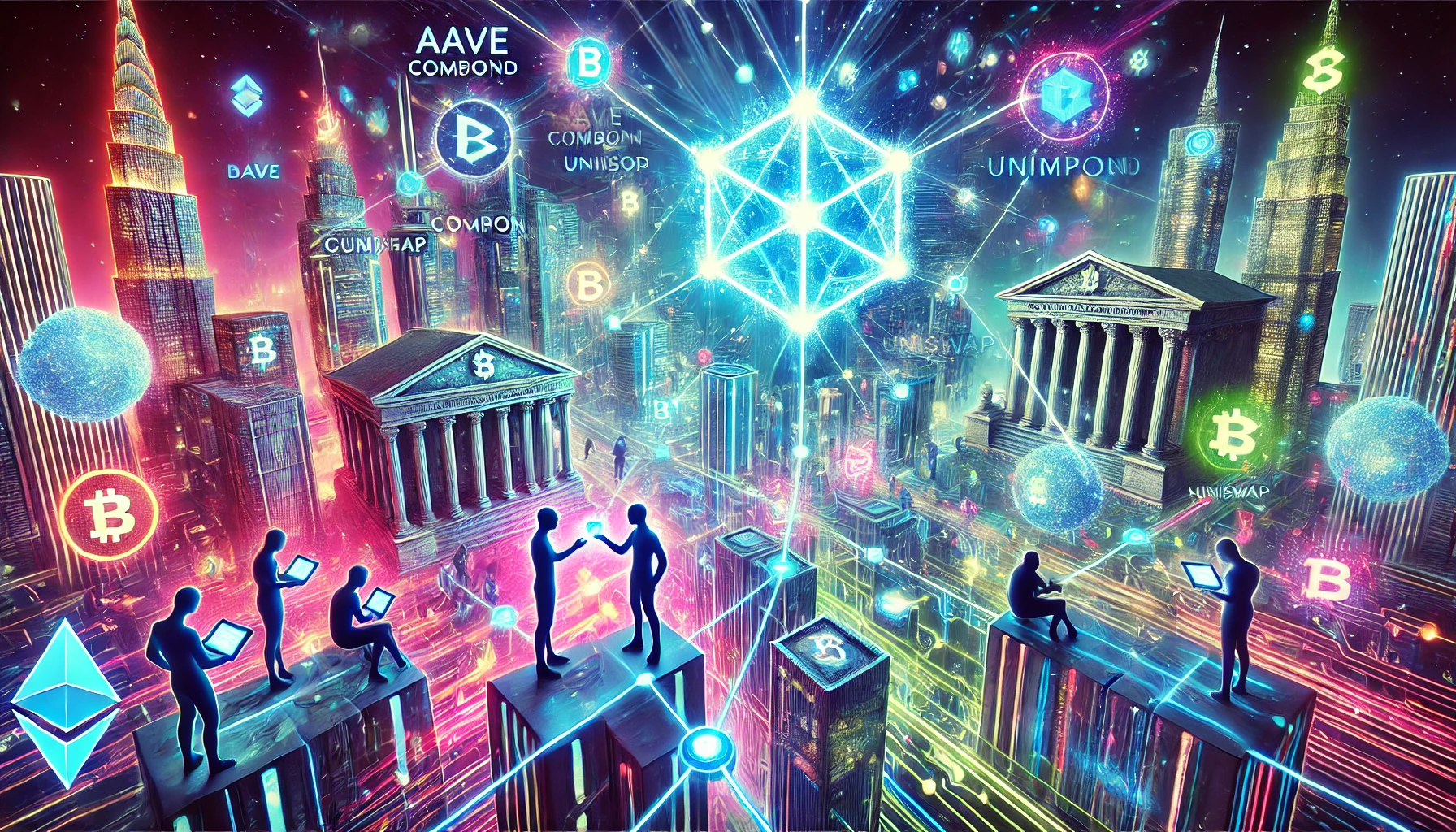Decentralized Finance: How DeFi is Revolutionizing Traditional Banking

The Rise of DeFi: A Financial Revolution
Remember when we used to rely on banks for everything? From lending money to saving it, banks have long been the financial gatekeepers. But enter Decentralized Finance, or DeFi, and suddenly the traditional banking sector feels like your grandparents' old checkbook. DeFi operates without middlemen like banks and lets you engage in financial activities directly with peers using blockchain technology. It's like having a financial toolbox where you hold the tools, rather than waiting for your bank to hand them over (if they even decide to).
Peer-to-Peer Lending: A Modern Twist on Borrowing
Traditional banks make borrowing money feel like you're asking for a favor, and often, they say no. With DeFi's peer-to-peer (P2P) lending, it's a whole new ballgame. Platforms like Aave and Compound let you lend and borrow money directly from other users, without the bank’s hefty fees or the dreaded 'denied' stamp. It's faster, easier, and usually comes with better interest rates. You could say that with DeFi, you’re no longer 'borrowing' money from banks; you're borrowing financial freedom.
Decentralized Exchanges: The New Trading Frontier
Ever tried trading stocks through a traditional brokerage? Between high fees and delays, it can feel like a sluggish process. Decentralized exchanges (DEXs) like Uniswap and SushiSwap, however, have turned that system on its head. On a DEX, you can trade assets directly with others through smart contracts. No middlemen, no headaches. It’s as if the trading floor has come straight to your computer, with the bonus that you can swap coins in your pajamas, no suit required!
How DeFi is Challenging Traditional Banks
If traditional banks had personalities, they'd probably be sweating right now. DeFi is rapidly taking away key pillars of their business: lending, borrowing, trading, even savings accounts. Platforms like Yearn Finance allow users to earn higher yields on their savings than most banks offer. Plus, DeFi is globally accessible. That’s right—whether you're in New York or New Delhi, DeFi doesn’t care about borders, unlike traditional banks, which can be a bit territorial. This borderless innovation is one reason why DeFi has grown so fast.
The Innovations Pushing DeFi Forward
The world of DeFi is constantly evolving, with platforms like MakerDAO offering decentralized stablecoins (say goodbye to fluctuating values) and protocols like Synthetix enabling trading in synthetic assets. These innovations mean you don’t need to wait for traditional finance to catch up with your needs. Need a loan? There’s an app for that. Want to trade commodities but don’t have access to traditional markets? There’s a protocol for that too. The most exciting part? We’re only scratching the surface.
What’s Next for DeFi?
As DeFi matures, we’re likely to see more mainstream adoption. Banks may start adopting some DeFi features just to stay relevant. Regulatory frameworks are also being debated, as governments try to figure out how to manage this decentralized beast. But one thing is clear: DeFi is here to stay. The only question is how big its impact will be on the financial world.
Final Thoughts: A Financial Future Without Banks?
So, will DeFi eventually replace banks? While it may not happen overnight, the growing interest in decentralized finance is undeniable. As more people realize the benefits of DeFi, traditional banking will need to evolve or face obsolescence. The future of finance is decentralized, and it’s already knocking on your door. Are you ready to answer?



